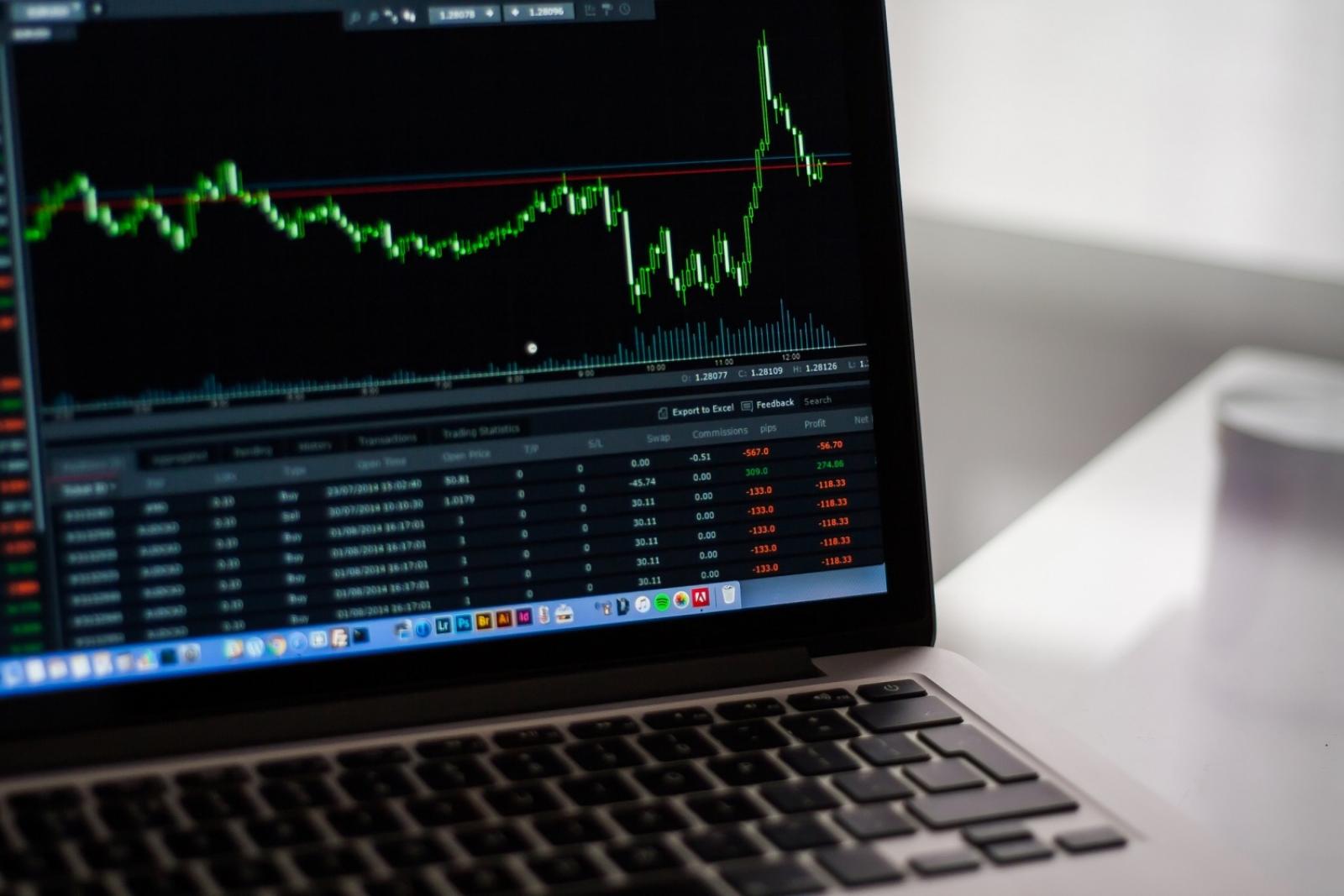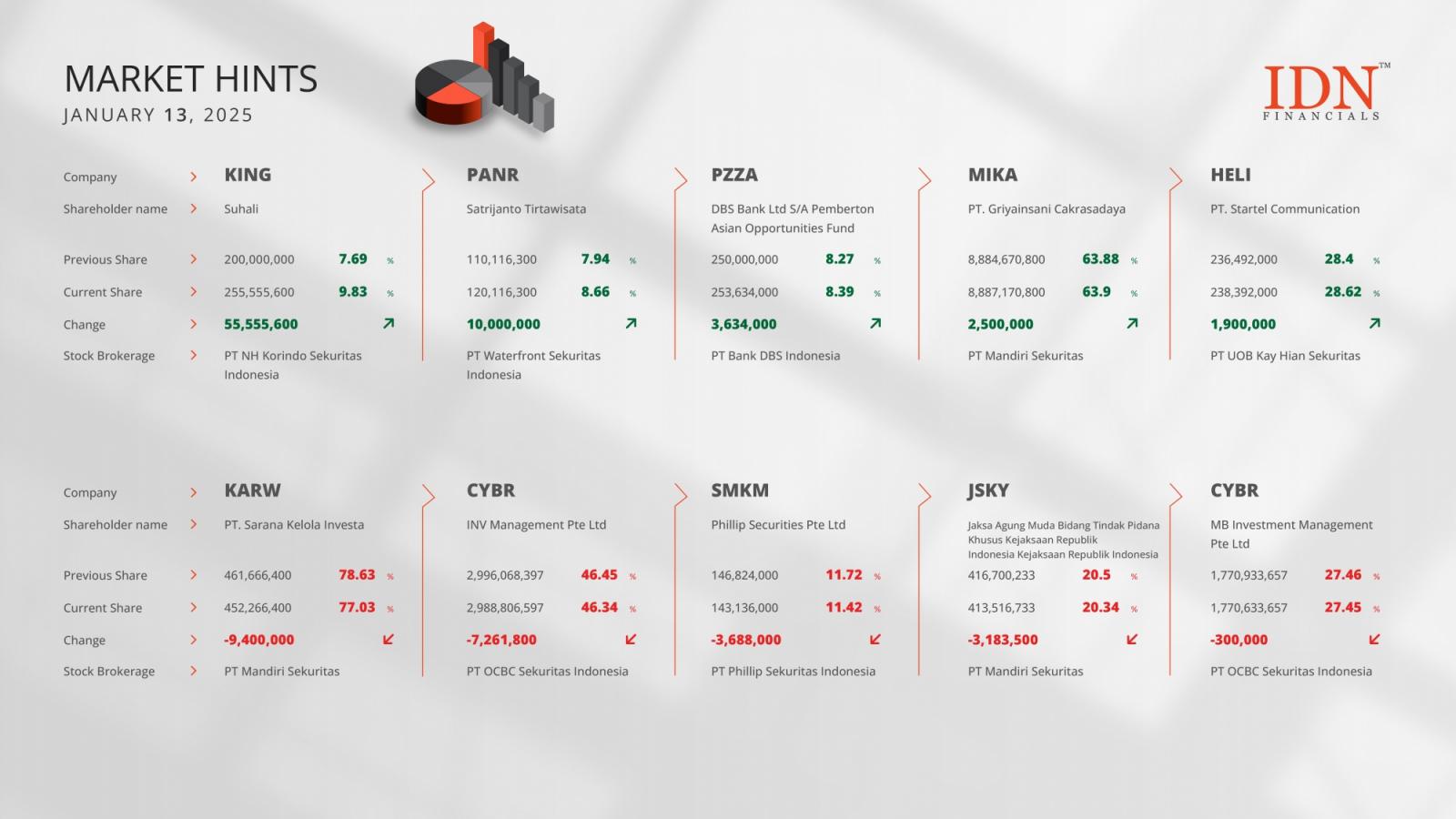
Consumer price inflation in Germany slowed for a third straight month in March to its lowest level in nearly three years but core inflation remained high, thus complicating the picture for the European Central Bank that is set to announce the latest rate decision next week and is facing calls for an interest rate cut, possibly in June.
The consumer price index rose 2.2 percent year-on-year following a 2.5 percent increase in February, preliminary figures from the statistical office Destatis showed Tuesday.
The rate matched expectations and was the lowest since April and May of 2021, when inflation was 2 percent in each of the two months.
Core inflation, which excludes prices of food and energy, eased slightly to 3.3 percent from 3.4 percent.
The CPI rose 0.4 percent from February, the same pace as in February. Economists had forecast a 0.5 percent gain.
Inflation, based on the harmonized index of consumer prices or HICP, also slowed for a third month in a row to 2.3 percent from 2.7 percent in February. Economists were looking for a 2.4 percent inflation rate.
The HICP inflation was the lowest since November, when it was at the same level. A lower rate was last recorded in June 2021, when it was 2.1 percent.
The EU measure of inflation rose 0.6 percent from the previous month, the same as in February. Economists had expected a 0.7 percent increase.
Energy prices decreased for a third month in a row in March, down 2.7 percent after a 2.4 percent slump in the previous month.
The decline in energy prices continued despite the discontinuation of the brake on energy prices at the start of the year and the introduction of a higher carbon price also from January, which affects the price of fossil fuels such as motor fuels, heating oil and natural gas, Destatis said.
Food prices declined 0.7 percent following a 0.9 percent gain in February. This was the first annual fall in food prices since February 2015, when they dropped 0.2 percent, the statistical office said.
Goods inflation slowed to 1.0 percent from 1.8 percent, while services figure accelerated to 3.7 percent from 3.4 percent.
Commerzbank economist Ralph Solveen attributed the increase in services inflation to a sharp rise in wages that is once again dominating the price trend in highly labor-intensive services.
Companies are evidently still in a position to pass these higher costs on to their customers, the economist said.
\"Even if the rate of inflation for goods is still likely to fall, the continued sharp rise in wage costs suggests that the core inflation rate will stabilize at around 3 percent over the remainder of this year, well above the ECB\'s target,\" Commerzbank\'s Solveen said.
\"This will contribute to the fact that the overall inflation rate is likely to have reached its temporary low in March and is more likely to rise again in the coming months. The fact that from April 1, district heating and natural gas will again be subject to the full VAT rate of 19 percent is likely to reinforce this trend.\"
Meanwhile, ING economist Carsten Brzeski said the latest drop in headline inflation could mark the second leg of a longer disinflationary trend in Germany to some extent and that would be marked by a more general cooling of inflationary pressures.
Headline inflation in Germany could to drop to 2 percent as soon as next month, before rebounding somewhat in the months after, Brzeski said. ING expects German inflation to hover within the broader range of between 2-3 percent rather than continue on a straight line to 2 percent or less.
\"In general, inflation developments will be highly determined by weaker demand but also less favorable base effects, supply chain frictions as a result of the tensions in the Red Sea, as well as government interventions and austerity measures.\"
Wage developments remain crucial and as long as the economy does not fall off a cliff, the ECB will sit tight next week, waiting for more data and the June meeting, Brzeski said.
\"We think that as long as the eurozone economy is not in recession and risks to inflation and the inflation outlook remain to the upside, the ECB will opt for a \"slow hand\" policy of rate cuts by 25bp each every quarter,\" Brzeski added.
\"Any more aggressive rate cut scenario would smell like panic and require a more adverse growth outlook for the eurozone.\"





